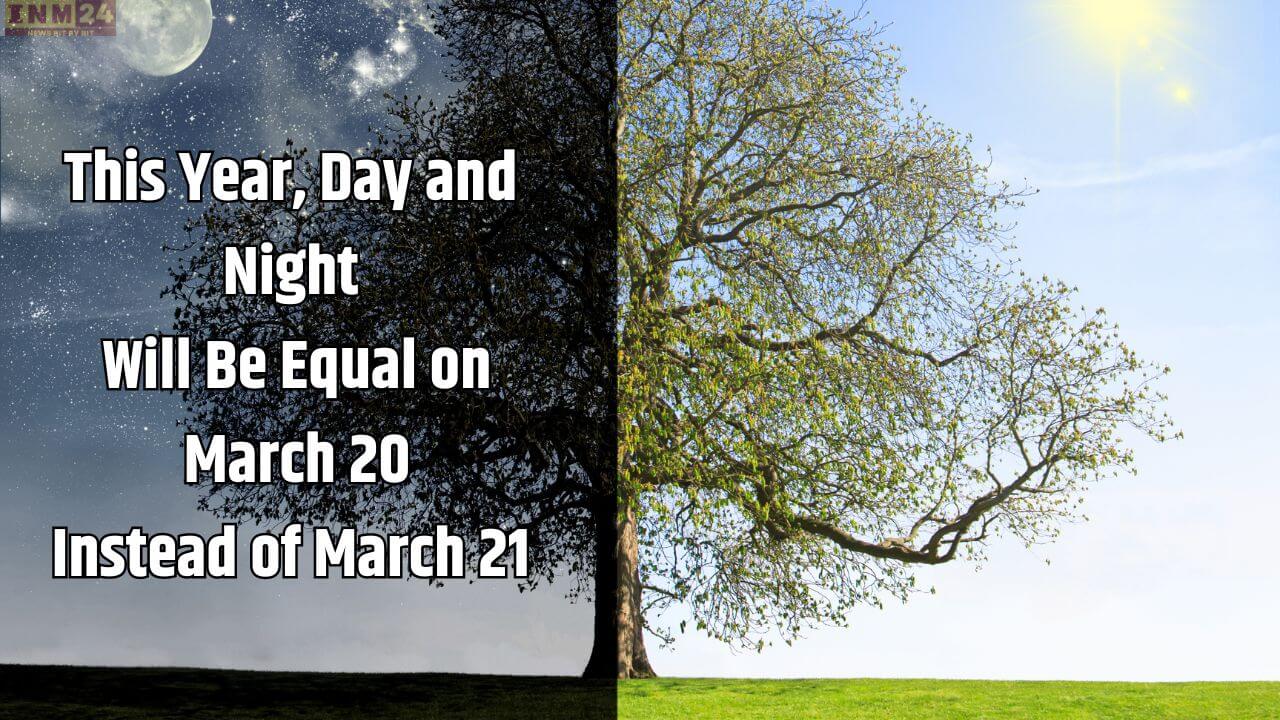March 19 marked the onset of the spring season in the northern hemisphere of the Earth. This transition occurred due to a celestial event where the sun crosses directly over the Earth’s equator. However, this event also signals the beginning of winter in the southern hemisphere, which will last for the next six months.
Highlights
- Spring commences in the northern hemisphere with the Vernal Equinox.
- This occurs when the sun is directly above the Earth’s equator.
- Starting today, days will become longer and nights shorter.
Vernal Equinox
The Vernal Equinox, occurring around March 19 to 21, signifies the moment in space when the sun is positioned directly above the equator. During this time, both hemispheres receive equal amounts of sunlight, resulting in equal lengths of day and night. The term “Vernal” refers to spring, while “Equinox” originates from Latin, meaning equal night. Following the Vernal Equinox, the sun begins to tilt closer to the northern hemisphere, causing it to rise earlier and set later, thereby lengthening the days.
Differences Between Equinox and Solstice
The Equinox indicates the Earth’s axial tilt and its position concerning the sun, while the Solstice reflects the extremes of this tilt. The Summer Solstice occurs when the sun is at its highest point in the sky, marking the longest day in the northern hemisphere. Conversely, the Winter Solstice signifies the shortest day of the year when the sun is at its lowest point in the sky. These celestial events showcase the cyclical nature of Earth’s seasons and have significant cultural and agricultural importance across various civilizations.
The Vernal Equinox heralds the arrival of spring, symbolizing renewal and growth. As days lengthen and nights shorten, nature awakens from its winter slumber, showcasing the beauty of transition and the promise of warmer days ahead.
